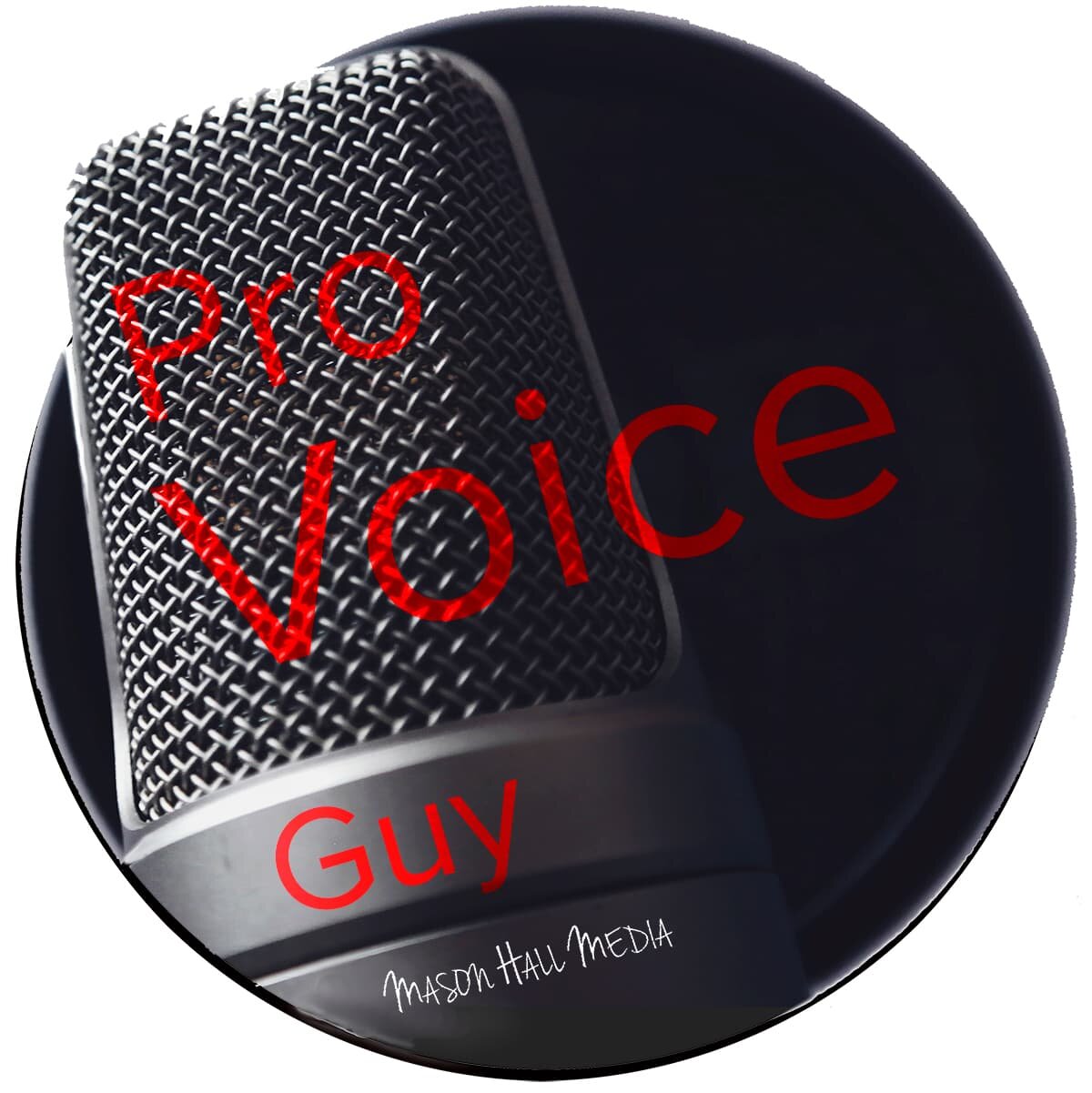Wow! Things Have Changed!
The first time I recorded my voice I was about ten years old. I was using a microphone my dad bought me at Radio Shack, and it was plugged into the cassette recorder I plugged into my parents’ stereo.
From there I was hooked. I studied communications in college and worked at the college radio station. While still in college, I found on-air work at a few small, local radio stations. After college, my radio career took me to Mount Pocono, PA; Allentown, PA; and Austin, TX.
I love the live on-air work, but I was always drawn to the more technical work of producing commercials, on-air promos, and other production elements. There was so much more to be done with sound when working in a recorded format.
While I was studying in college and for my first few years of professional work, everything was still analog. Our studios had two-track reel to reel recorders. We edited with grease pencils, razor blades, and tape. For the really fancy work, we worked on 8 track reel to reel machines.
While I was working at WZZO in Allentown, digital editing and production entered the picture. It first arrived in the Dalet automation software for one the company's AM stations, WKAP. The software that ran the station featured a basic digital editing platform. Unfortunately, that lived on a PC in the worst studio in the building and it was still hard to get time on it. Soon after, a new computer showed up in our main production studio running a fancy new non-destructive non-linear editor called SAW (Software Audio Workshop.) Suddenly, editing wasn't permanent. The non-destructive concept meant edits could be made and unmade while working with the audio.
Cool Edit Pro
By the time I got to Austin, Cool Edit Pro had arrived on the scene. Cool Edit Pro was such a barrier-breaking platform. It was eventually purchased by Adobe and now exists as Adobe Audition which is now at the core of my home audio studio.
Since that, digital audio has become even cheaper and easier. Anyone with a Mac has access to GarageBand which is way more powerful than those initial digital editors. Mac and PC users can get Audacity, which is more powerful than most people will ever need, for free. The advent of high-quality digital microphones and inexpensive digital interfaces have created the possibility of capturing studio-quality audio for under $100. The effects built into software can replace thousands of dollars worth of gear.
So, what does all this mean? It means a lot of things for both professional voice talent and for those looking for professional voice talent for their next project. I will look at those things in my next post.



